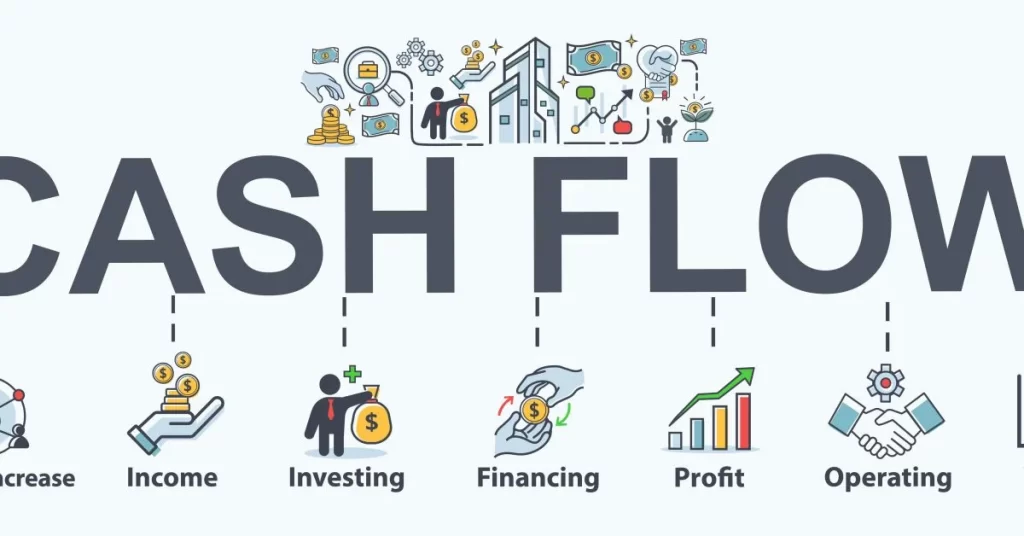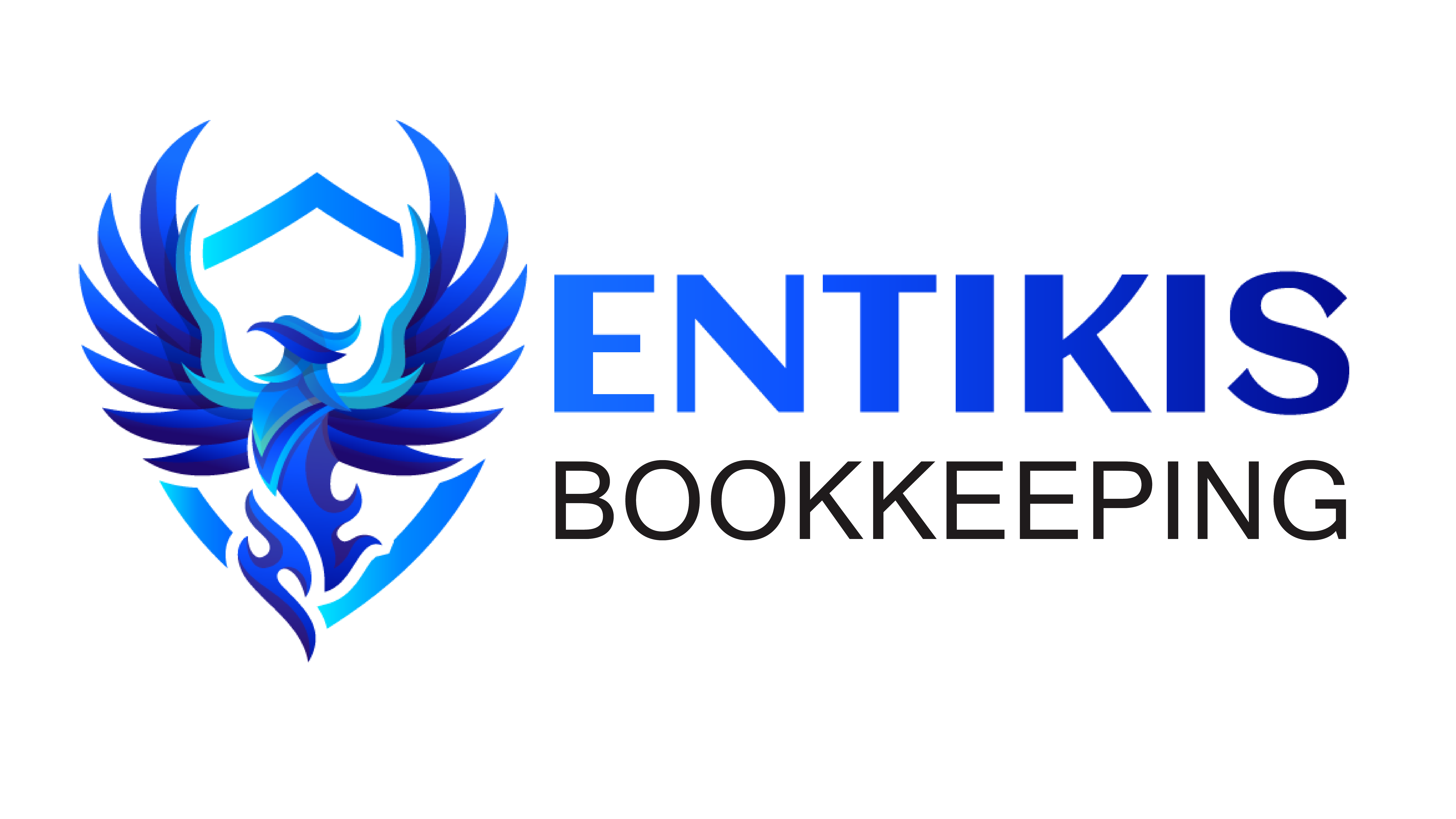Monitoring cash flow is a critical aspect of effective bookkeeping and financial management for businesses of all sizes. Cash flow refers to the movement of money in and out of a business over a specific period, and it serves as a barometer of a company’s financial health and stability. By tracking cash flow meticulously, businesses can gain valuable insights into their liquidity, solvency, and operational efficiency, enabling them to make informed decisions, identify potential risks, and seize growth opportunities. In this comprehensive guide, we’ll explore the importance of monitoring cash flow and provide practical strategies for effective cash flow management.

The Importance of Monitoring Cash Flow
Liquidity Management: Cash flow monitoring allows businesses to assess their liquidity position and ensure that they have sufficient cash on hand to meet short-term obligations such as payroll, rent, and utility bills. By monitoring cash flow regularly, businesses can anticipate cash shortages or surpluses and take proactive measures to address liquidity challenges or capitalize on cash-rich opportunities.
Solvency Analysis: Cash flow analysis provides insights into a company’s solvency, or its ability to meet long-term financial obligations. By comparing cash inflows and outflows, businesses can evaluate their ability to generate sustainable cash flows and repay debts over time. Monitoring cash flow trends can help businesses identify warning signs of potential solvency issues and take corrective action before they escalate into serious financial problems.
Operational Efficiency: Effective cash flow management is essential for optimizing operational efficiency and maximizing profitability. By monitoring cash flow, businesses can identify inefficiencies in cash conversion cycles, streamline accounts receivable and accounts payable processes, and minimize idle cash balances. Improving operational efficiency not only enhances cash flow but also reduces costs and improves overall business performance.
Strategic Decision-Making: Cash flow monitoring provides valuable insights for strategic decision-making and resource allocation. By understanding the timing and magnitude of cash inflows and outflows, businesses can prioritize investments, allocate resources effectively, and capitalize on growth opportunities. Whether it’s expanding operations, investing in new equipment, or launching marketing campaigns, cash flow analysis guides decision-makers in making sound financial choices that align with the company’s objectives.
Risk Identification and Mitigation: Monitoring cash flow helps businesses identify and mitigate financial risks such as cash shortages, late payments, or unexpected expenses. By forecasting cash flow projections and conducting scenario analysis, businesses can anticipate potential risks and develop contingency plans to address them. Having a robust cash flow management strategy in place enhances resilience and minimizes the impact of adverse events on the business.
Investor Confidence and Stakeholder Relations: Timely and accurate cash flow reporting instills confidence in investors, lenders, and other stakeholders. By demonstrating sound cash flow management practices, businesses can attract investment, secure financing at favorable terms, and foster positive relationships with stakeholders. Transparent and reliable cash flow information enhances credibility and trust, strengthening the overall financial position of the business.
Practical Strategies for Monitoring Cash Flow
Cash flow management is a cornerstone of financial health and stability for businesses. It involves overseeing the movement of money in and out of a company, ensuring that there is enough cash on hand to cover expenses, meet financial obligations, and seize growth opportunities. Effective cash flow monitoring requires a proactive approach, utilizing practical strategies to forecast, track, and optimize cash flow dynamics. In this comprehensive guide, we’ll delve into key strategies for monitoring cash flow and explore how businesses can implement them to enhance their financial resilience and success.
Implement Cash Flow Forecasting
Cash flow forecasting is a proactive approach to predicting future cash inflows and outflows based on historical data, sales forecasts, and expense projections. By developing a cash flow forecasting process, businesses can anticipate cash flow trends, identify potential liquidity issues, and make informed decisions to mitigate risks and capitalize on opportunities. Here are some practical steps to implement cash flow forecasting effectively:
Gather Historical Data: Start by collecting historical financial data, including cash flow statements, income statements, and balance sheets. Analyze past trends and patterns to identify seasonal fluctuations, peak periods of cash inflows and outflows, and other relevant factors influencing cash flow dynamics.
Use Forecasting Tools: Utilize cash flow forecasting tools or spreadsheets to model different scenarios and project future cash flows. Incorporate variables such as sales forecasts, expense projections, and changes in market conditions to create realistic and accurate cash flow projections.
Assess Impact of Changes: Evaluate the impact of potential changes on cash flow, such as new investments, expansion initiatives, or changes in pricing strategies. Conduct sensitivity analysis to assess how changes in key variables could affect cash flow and adjust forecasts accordingly.
Review and Update Regularly: Regularly review and update cash flow forecasts based on actual performance and changes in business conditions. Monitor variances between projected and actual cash flows, analyze trends, and adjust forecasts as needed to ensure accuracy and reliability.
Track Cash Flow Metrics
Monitoring key cash flow metrics provides valuable insights into a company’s financial health and performance. By tracking metrics such as operating cash flow, free cash flow, cash conversion cycle, and liquidity ratios, businesses can assess their liquidity, solvency, and operational efficiency. Here are some essential cash flow metrics to track:
Operating Cash Flow (OCF): Operating cash flow measures the amount of cash generated or consumed by a company’s core business operations. A positive operating cash flow indicates that the company is generating sufficient cash to cover its day-to-day expenses and investments.
Free Cash Flow (FCF): Free cash flow represents the cash that is available to the company after accounting for capital expenditures and other investment activities. It is a key indicator of a company’s ability to generate cash for debt repayment, dividends, and other financial obligations.
Cash Conversion Cycle (CCC): The cash conversion cycle measures the time it takes for a company to convert its investments in inventory and other resources into cash inflows from sales. A shorter cash conversion cycle indicates efficient working capital management and faster cash turnover.
Liquidity Ratios: Liquidity ratios, such as the current ratio and quick ratio, assess a company’s ability to meet short-term financial obligations with its available cash and liquid assets. Higher liquidity ratios indicate a stronger ability to cover short-term liabilities and withstand financial shocks.
Regularly Review Cash Flow Statements
Cash flow statements provide a comprehensive overview of a company’s cash inflows and outflows during a specific period. Regularly reviewing cash flow statements allows businesses to track actual cash flows against budgeted amounts and forecasted figures, identify variances and trends, and take corrective action as needed. Here are some key components of cash flow statements to review:
Operating Activities: Analyze cash flows from operating activities, including cash receipts from sales, payments to suppliers, salaries, and other operating expenses. Identify factors driving changes in operating cash flow and assess the efficiency of cash management.
Investing Activities: Review cash flows from investing activities, such as purchases of property, plant, and equipment, investments in securities, and proceeds from asset sales. Evaluate the impact of investment decisions on cash flow and long-term financial performance.
Financing Activities: Evaluate cash flows from financing activities, including proceeds from loans, issuance of stock, repayment of debt, and payment of dividends. Assess the company’s capital structure and financing strategies and their implications for cash flow management.
Net Cash Flow: Calculate the net cash flow for the period by summing cash flows from operating, investing, and financing activities. Compare net cash flow to budgeted amounts and forecasted figures to identify variances and trends that may require further analysis or action.
Manage Accounts Receivable and Accounts Payable
Accounts receivable and accounts payable management plays a crucial role in cash flow optimization. By implementing strategies to accelerate accounts receivable collections and optimize accounts payable processes, businesses can improve cash flow efficiency and minimize cash flow disruptions. Here are some practical tips for managing accounts receivable and accounts payable effectively:
Accelerate Accounts Receivable Collections: Offer incentives for early payment, such as discounts or rewards, to encourage customers to settle their invoices promptly. Implement automated invoicing and payment reminder systems to streamline the collections process and reduce outstanding receivables.
Optimize Accounts Payable Processes: Negotiate favorable payment terms with suppliers to extend payment deadlines and preserve cash flow flexibility. Take advantage of early payment discounts or negotiate volume discounts to reduce costs and improve profitability. Implement electronic invoicing and payment systems to expedite invoice processing and payment approval.
Monitor Aging Receivables and Payables: Regularly monitor aging receivables and payables to identify overdue invoices or outstanding bills that require attention. Follow up with customers or suppliers to resolve payment disputes or discrepancies promptly and prevent cash flow disruptions.
Forecast Cash Flow Impact: Forecast the impact of changes in accounts receivable and accounts payable on cash flow, such as changes in collection periods, payment terms, or credit policies.
Conclusion
Monitoring cash flow is essential for maintaining financial stability, liquidity, and operational efficiency in businesses. By tracking cash inflows and outflows meticulously, businesses can anticipate cash flow trends, identify potential risks, and make informed decisions that drive growth and profitability. Implementing practical strategies for cash flow management, such as cash flow forecasting, tracking key metrics, managing accounts receivable and accounts payable, maintaining cash reserves, and seeking professional advice, empowers businesses to effectively monitor and manage their cash flow, ensuring long-term success and resilience in today’s dynamic business environment.
If You Are Looking For Professional Bookkeeping Services, Please Contact Us At Admin@Entikis.Com And 817-415-1715 To Learn More About How Entikis Bookkeeping Can Support Your Journey To Success! Located At 640 Taylor St Suite , Fort Worth, TX, United States, Texas. We Offer Professional Bookkeeping Services For Businesses In The Burleson, Fort Worth And The Surrounding Tarrant County Metroplex.




